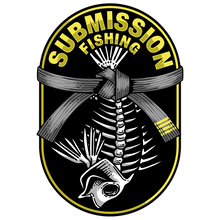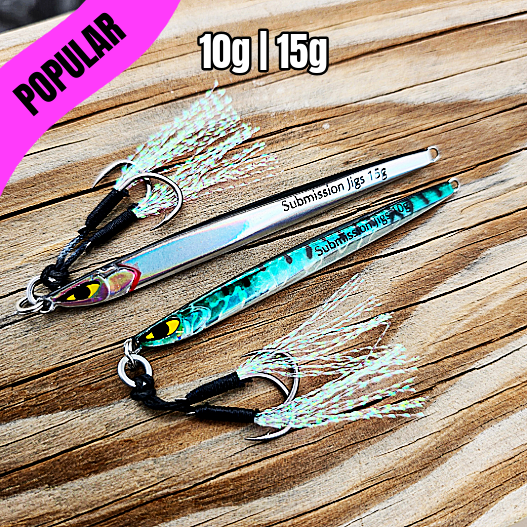Are You Making These 3 Slow Pitch Jigging Mistakes?
Are You Making These 3 Slow Pitch Jigging Mistakes?
Slow pitch jigging isn’t just about dropping a jig and hoping for the best. It’s an active, skill-driven technique where precision matters. If you’re out there working the water column but still coming home empty-handed, you might be making some common mistakes that could be costing you fish.
Don’t worry—we’ve all been there. When I first started slow pitch jigging, I was struggling. I had the wrong gear, I was overworking my rod, and I wasn’t adjusting to the conditions. But once I dialed in my technique, everything changed. My hookup rates skyrocketed, and I stopped wasting time on the water.
Here are three slow pitch mistakes that might be keeping you from landing more fish—and how to fix them.
1. Using the Wrong Gear 🎣
Let’s get one thing straight: not all jigs are made for slow pitch. A lot of guys pick up whatever jig they find at the tackle shop, not realizing that slow pitch jigs are designed differently from standard casting or vertical jigs.
✅ A true slow pitch jig is center-weighted and asymmetrical, meaning it flutters and falls with a natural baitfish action. A casting jig, on the other hand, is usually designed for speed and straight-line movement—not what you want when slow pitching.
✅ Your rod matters, too. If you’re using a rod that’s too stiff, it won’t load properly and won’t impart the right action on the jig. A slow pitch rod should have a soft tip with a strong backbone, allowing for precise control of the jig’s movement.
The Fix: Make sure you’re using a true slow pitch jig, like the Submission Mercenary or Sumo Jigs. These jigs are built specifically for slow pitch action, with the right weight distribution and balance to create that irresistible flutter.
2. Jerking the Rod Too Hard 🚫
Slow pitch jigging is about finesse, not force. If you’re yanking your rod around, trying to “rip” the jig through the water, you’re doing it wrong.
🐟 Think of your jig as a wounded baitfish. It’s not darting around wildly—it’s making controlled, precise movements that attract predators.
🐟 Overworking your rod will kill the action. The whole point of slow pitch is to create a natural, enticing movement that triggers reaction bites. When you jerk too hard, you’re pulling the jig away from the fish instead of keeping it in the strike zone.
The Fix: Slow it down. Use smooth, controlled rod lifts and let the jig do the work. The best action happens on the fall, so don’t rush it—let gravity and the jig’s design create that irresistible flutter.
3. Not Adjusting to the Current 🌊
Fishing without considering the current is like trying to drive without checking the road conditions. If your jig isn’t getting down to the fish, you’re wasting casts.
🎯 If your jig is drifting too far away, it’s not reaching the strike zone. This happens when you use a jig that’s too light for the conditions.
🎯 On the flip side, if your jig is too heavy, you might be overpowering the action. You want your jig to fall naturally, not plummet like a rock.
The Fix: Match your jig weight to the current. If the water is moving fast, go heavier (100g+ for offshore, 40-60g for nearshore). If the water is calm, lighter jigs (10-30g) will keep that natural flutter.
Final Thoughts: Start Catching More Fish
If you’ve been struggling with slow pitch jigging, it’s not your fault—most anglers never get taught the right technique. But now that you know these common mistakes, you can start dialing in your approach and landing more fish.
✅ Use the right jigs—True slow pitch jigs like Submission’s Mercenary, Sumo, and Death Blade are designed for real results.
✅ Slow down your technique—Let the jig work naturally instead of forcing it.
✅ Adjust to conditions—Pick the right jig weight to keep it in the strike zone.
The best part? Once you get it right, slow pitch jigging is one of the most rewarding and effective ways to fish.
Ready to stock up on the jigs that actually work? Check out Submission Fishing’s slow pitch jigs and start fishing smarter, not harder.





